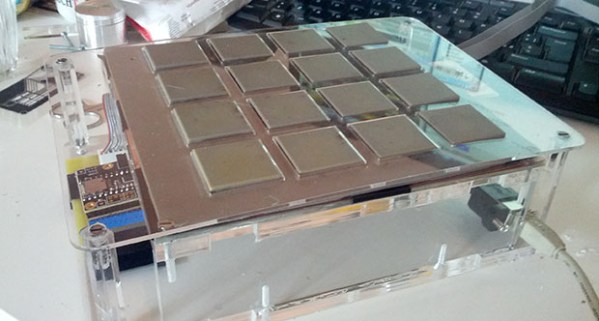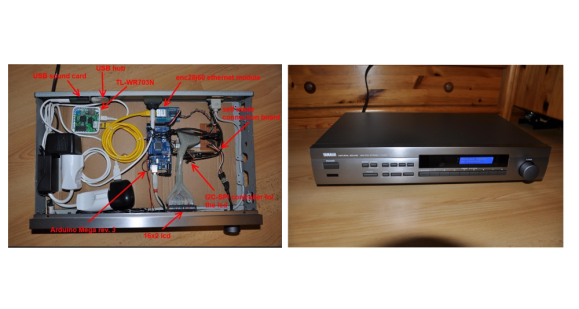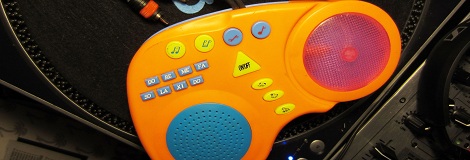The future of the music instrument industry lies in synthesizers, and nowhere is this more apparent than the suite of tiny, pocket-sized synths more than capable of making bleeps and bloops. You’ve got tiny Korgs and Pocket Operators, and the time is ripe for people to wake up to tiny, pocket-sized synths.
The latest in a wide, diverse range of pocketable synthesizers is the Bitty. It’s a pocket-sized drum machine that’s the closest we’ve seen to a pocketable MPC to date. It’s a Kickstarter project that’s already completely funded only a day into the campaign.
The core of the Bitty is built around the Arduino, and for good reason. The last few years have seen some incredible advances in Arduino audio libraries, and this is no exception. The Bitty is built around the Mozzi library that gives it actual oscillators and ready-made wavetables. The Bitty comes with ‘software packs’ that include the Theremin Bitty, Techno Bitty, Basement Bitty, Trap Bitty, Lofi Bitty Bitty, and Beach Bitty. All of these are different sounds and samples, turning this tiny device into an all-in-one sampling solution. Seriously: look at how many Pocket Operators there are, how much they sell for, and realize this is a device that can download new samples and sounds. There’s a market here.
The Arduino-compatible Bitty is available on Kickstarter right now, with the base reward starting at under $100, with delivery in February, 2020. You can check out the video demo below.




 [Raffael] had an old Broken Yamaha natural sound receiver lying around. Rather than throw it out,
[Raffael] had an old Broken Yamaha natural sound receiver lying around. Rather than throw it out, 















